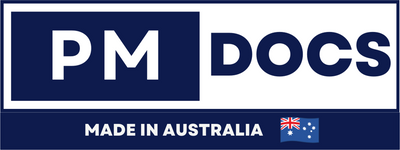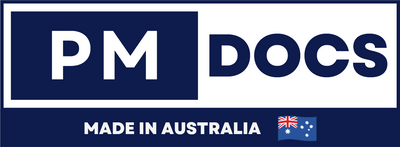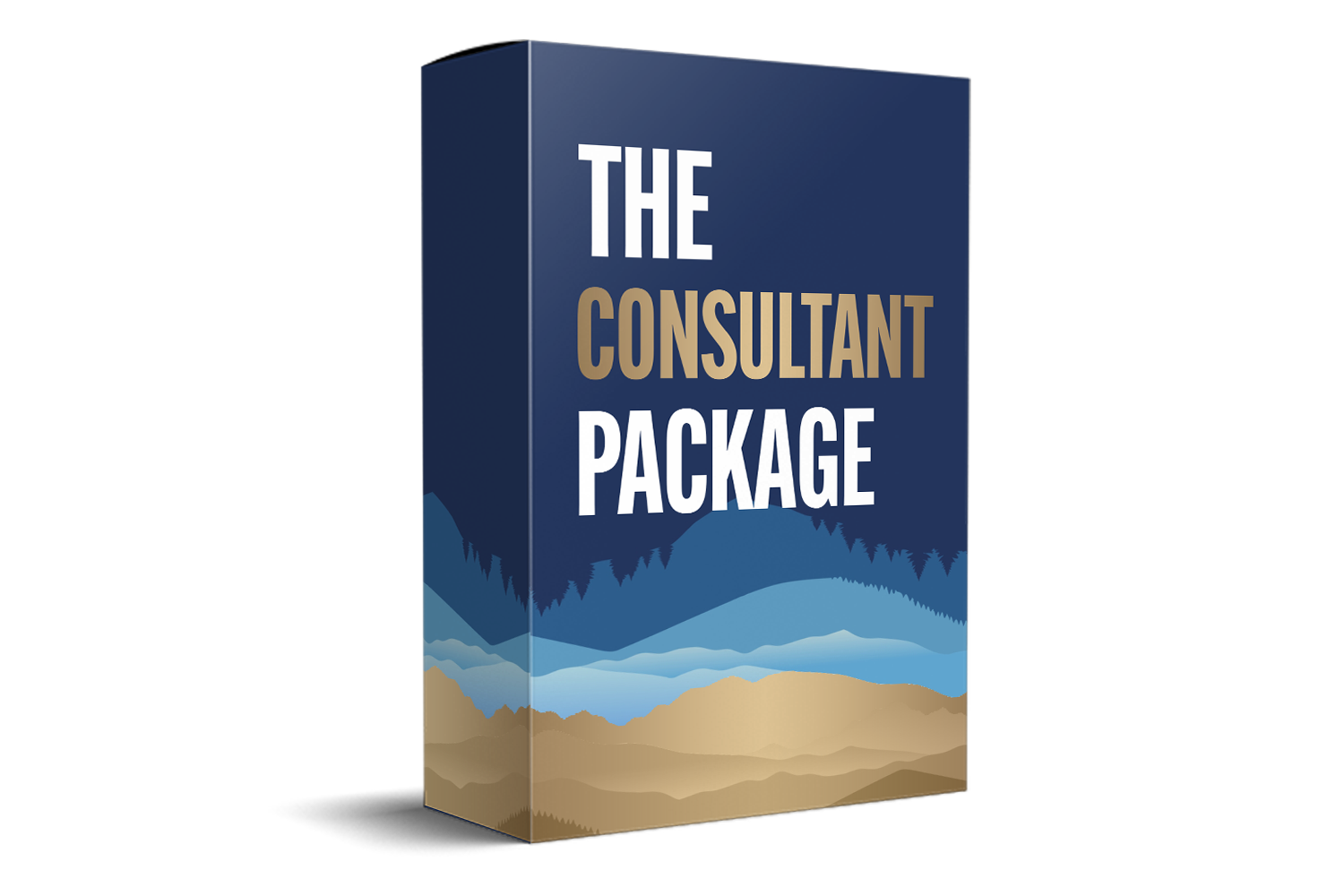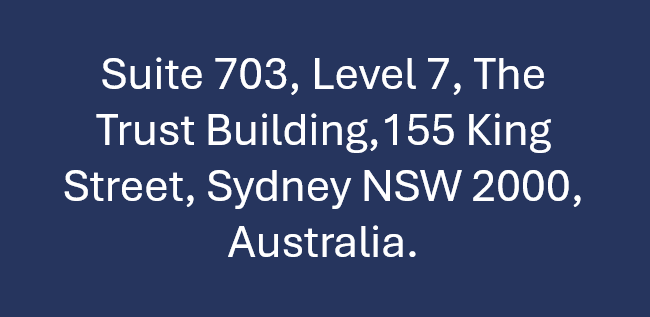ISO Certification Cost In Australia: What You Need To Know
ISO Certification Cost In Australia: What You Need to Know to Budget Wisely
In Australia's competitive business landscape, ISO certification has become more than just a badge of honour; it's often a prerequisite for market entry, a testament to operational excellence, and a significant driver of trust and efficiency. For many Australian businesses, achieving an ISO standard like ISO 9001 (Quality Management), ISO 14001 (Environmental Management), or ISO 45001 (Occupational Health & Safety) is a strategic move. However, one of the most common questions that arises early in the process is: "How much does ISO certification actually cost in Australia?"
The answer, unfortunately, isn't a simple one-size-fits-all figure. The cost of ISO certification can vary significantly based on a multitude of factors specific to your organisation and the standard you're pursuing. This comprehensive guide aims to demystify these costs, providing Australian businesses with a realistic understanding of what to expect when budgeting for ISO certification.
The Factors Influencing ISO Certification Costs
Understanding the variables that contribute to the overall cost is crucial for accurate budgeting. Here are the primary factors that will impact your ISO certification investment:
-
Size and Complexity of Your Organisation: This is perhaps the most significant factor.
-
Number of Employees: More staff generally means more processes, more training, and more time required for system implementation and auditing.
-
Number of Sites/Locations: Multiple operational sites increase the complexity of managing and auditing processes across different geographical areas.
-
Scope of Certification: The breadth of your operations covered by the ISO standard (e.g., entire company, specific department, or a particular product/service) directly influences audit duration and effort.
-
Industry and Operational Complexity: Highly regulated industries or businesses with complex manufacturing processes will naturally require more intricate management systems.
-
Number of Employees: More staff generally means more processes, more training, and more time required for system implementation and auditing.
-
Chosen ISO Standard(s): While some standards, like ISO 9001, are widely adopted and relatively straightforward to implement for many businesses, others like ISO 27001 (Information Security) or ISO 13485 (Medical Devices Quality Management) can be more stringent and demand specialised expertise, thus incurring higher costs. Pursuing multiple standards simultaneously (an Integrated Management System or IMS) can offer efficiencies but still increases the overall scope.
-
Current State of Your Management System: Do you already have well-documented processes, clear responsibilities, and a culture of continuous improvement? Or are you starting from scratch? A well-established system that already aligns closely with ISO principles will require less effort (and thus less cost) to bring it up to standard. A significant "gap" between your current state and ISO requirements will mean more work in terms of documentation, training, and process development.
-
Consultancy Fees (Optional but Often Recommended): Many Australian businesses choose to engage an ISO consultant. These experts guide you through the process, performing gap analyses, developing documentation, conducting internal audits, and preparing your team for the external audit. While an additional cost, a good consultant can save you significant time and potentially avoid costly mistakes, streamlining the certification journey. Their fees vary based on experience, scope of work, and your company's complexity.
-
Certification Body (CB) Fees: This is the cost for the accredited third-party organisation that performs the actual audit and issues your certificate. Their fees are typically based on the number of "audit days" required, which in turn is calculated based on your company's size, complexity, and the chosen standard(s). CB fees cover the initial Stage 1 (readiness review) and Stage 2 (main assessment) audits, as well as subsequent annual surveillance audits and a re-certification audit every three years.
-
Internal Resources and Time: This is an often-overlooked cost. Implementing an ISO management system requires dedicated time and effort from your own staff. This includes individuals responsible for documentation, training, process implementation, internal audits, and liaising with consultants and auditors. While not a direct cash outlay, it represents an opportunity cost for your business.
-
Travel and Accommodation: If your business is in a remote location or your chosen consultant/certification body is not local, travel and accommodation expenses may be added to their fees.
Breaking Down The Costs – A General Estimate
To provide a more tangible understanding, let's look at typical cost components. Remember, these figures are broad estimates and serve as a starting point for your budgeting.
Table 1: Typical Cost Components of ISO Certification in Australia
| Cost Component | Description | Estimated Cost Range (AUD) | Notes |
|---|---|---|---|
| Consultancy Fees | Assistance with gap analysis, system design, documentation development, training, internal audits, management reviews. | $5,000 - $30,000+ | Highly dependent on the consultant's scope, your company's existing systems, and the complexity. Some companies opt to manage the process internally to save here, but it demands significant internal expertise and time. |
| Certification Body Fees | Initial Stage 1 & Stage 2 Audits, Annual Surveillance Audits, Re-certification Audits (every 3 years). | $4,000 - $15,000+ per year | Based on the number of audit days required, which is determined by company size, complexity, and the ISO standard(s). This is an ongoing cost for maintaining certification. |
| Internal Resources | Staff time dedicated to the project (e.g., management representative, process owners, training participants). | Variable (Opportunity Cost) | While not a direct cash payment, the time spent by your team on ISO implementation is a significant 'hidden' cost and should be factored in as part of the overall investment. |
| Software/Tools | Document management systems, project management software, or specific compliance tools (if needed). | $0 - $2,000+ | Many companies can leverage existing IT infrastructure. Specialist software might be needed for certain standards (e.g., ISO 27001 for information security management). |
| Total Initial Investment | Sum of the above for the first year, leading to initial certification. | $9,000 - $50,000+ | This range is for a single common standard (e.g., ISO 9001) for a small to medium-sized Australian business. Larger, more complex organisations or multiple standards will push these figures higher. |
Cost By ISO Standard – What To Expect For Different Certifications
Different ISO standards carry varying levels of complexity, which directly impacts the effort and therefore the cost involved in achieving certification. Here are estimated initial investment ranges for some of the most common ISO standards in Australia:
Table 2: Estimated ISO Certification Costs by Standard (Initial Investment, AUD)
| ISO Standard | Primary Focus | Small Business (1-10 staff) | Medium Business (11-50 staff) | Large Business (50+ staff) |
|---|---|---|---|---|
| ISO 9001:2015 | Quality Management System | $9,000 - $18,000 | $15,000 - $30,000 | $25,000 - $50,000+ |
| ISO 14001:2015 | Environmental Management System | $10,000 - $20,000 | $18,000 - $35,000 | $30,000 - $60,000+ |
| ISO 45001:2018 | Occupational Health & Safety Management System | $10,000 - $20,000 | $18,000 - $35,000 | $30,000 - $60,000+ |
| Integrated IMS | (e.g., 9001, 14001, 45001 combined) | $18,000 - $30,000+ | $25,000 - $50,000+ | $40,000 - $90,000+ |
| ISO 27001:2022 | Information Security Management System | $12,000 - $25,000 | $20,000 - $45,000 | $35,000 - $70,000+ |
| ISO 22000:2018 | Food Safety Management System | $12,000 - $25,000+ | $20,000 - $40,000+ | $35,000 - $60,000+ |
Note: These figures represent initial investment costs (including consultancy and initial audit fees) for a typical Australian business. They do not include ongoing annual surveillance costs.
Ongoing Costs After Initial Certification
ISO certification is not a "set it and forget it" process. To maintain your certification, you'll incur ongoing costs:
-
Annual Surveillance Audits: Accredited certification bodies conduct annual audits to ensure your management system continues to comply with the standard and is effectively maintained. These typically cost less than the initial audit but are mandatory.
-
Re-certification Audits: Every three years, a more comprehensive re-certification audit is conducted to renew your certificate.
-
System Maintenance: This includes internal resources dedicated to continuous improvement, reviewing and updating documentation, conducting internal audits, and management reviews.
- Training: Ongoing training for new staff or refresher courses for existing employees to ensure competence and awareness of the management system.
How To Reduce ISO Certification Costs (or Get Best Value)
While ISO certification is an investment, there are strategies to manage and potentially reduce the costs without compromising the quality of your system:
-
Prepare Internally as Much as Possible: Before engaging a consultant or certification body, conduct an honest internal assessment of your current processes. Document what you already do well, identify gaps, and start organising existing policies and procedures. The more prepared you are, the less time a consultant or auditor will need.
-
Choose the Right Consultant (if any):
-
Get multiple quotes: Don't just go with the first option.
-
Check references: Speak to other businesses they've helped.
-
Ensure industry experience: A consultant familiar with your sector can be more efficient.
-
Clarify the scope: Ensure you understand exactly what their fees cover.
-
Get multiple quotes: Don't just go with the first option.
-
Select the Right Certification Body:
-
Compare quotes: Prices for auditing can vary among accredited CBs.
-
Check accreditation: Ensure they are accredited by a reputable body (e.g., JAS-ANZ in Australia and New Zealand) to ensure your certificate is globally recognised.
-
Consider their approach: Some CBs offer more value through their audit feedback.
-
Compare quotes: Prices for auditing can vary among accredited CBs.
-
Integrate Management Systems: If you're planning to achieve multiple ISO standards (e.g., Quality, Environment, and OHS), pursuing them as an Integrated Management System (IMS) can result in significant cost savings. Audits can be combined, documentation streamlined, and processes harmonised.
-
Leverage Existing Systems: Don't feel you need to create entirely new systems. Adapt and formalise what's already working in your business to meet ISO requirements.
-
Go Digital: Utilize digital tools for document control, process management, and internal audits. This can reduce administrative overhead and improve efficiency.
-
Phased Approach: For smaller businesses or those with limited resources, consider certifying one standard first (e.g., ISO 9001) and then building upon that foundation for additional standards in subsequent years.
- Seek Government Grants or Support: Occasionally, state or federal governments in Australia may offer grants or support programs for businesses investing in quality, environmental, or safety improvements. Research if any such initiatives are active that could offset some costs.
The Return On Investment (ROI) – Why It's Worth It
While the initial cost of ISO certification might seem daunting, it's crucial to view it as an investment with significant returns. The benefits often far outweigh the expenses:
-
Improved Efficiency and Productivity: Streamlined processes, clear roles, and reduced waste.
-
Enhanced Customer Satisfaction: Consistent product/service quality leads to happier clients.
-
Access to New Markets: Many tenders, particularly government contracts and large corporate clients, require ISO certification.
-
Better Risk Management: Proactive identification and mitigation of operational and business risks.
-
Increased Credibility and Reputation: Differentiates your business in a crowded market.
-
Stronger Employee Engagement: Clearer processes and responsibilities foster a more organised and motivated workforce.
- Legal and Regulatory Compliance: Many ISO standards help ensure compliance with relevant laws and regulations.
Conclusion
ISO certification in Australia is a valuable strategic investment that can transform your business operations and open doors to new opportunities. While the costs are variable, a clear understanding of the influencing factors, a realistic budget, and a strategic approach can make the process manageable and highly rewarding.
Don't let the perceived cost deter you. Instead, focus on getting specific quotes tailored to your organisation's unique needs from both consultants and accredited certification bodies. By doing your homework and planning effectively, you can embark on your ISO certification journey with confidence, knowing you're investing in a future of quality, efficiency, and sustained growth for your Australian business.





